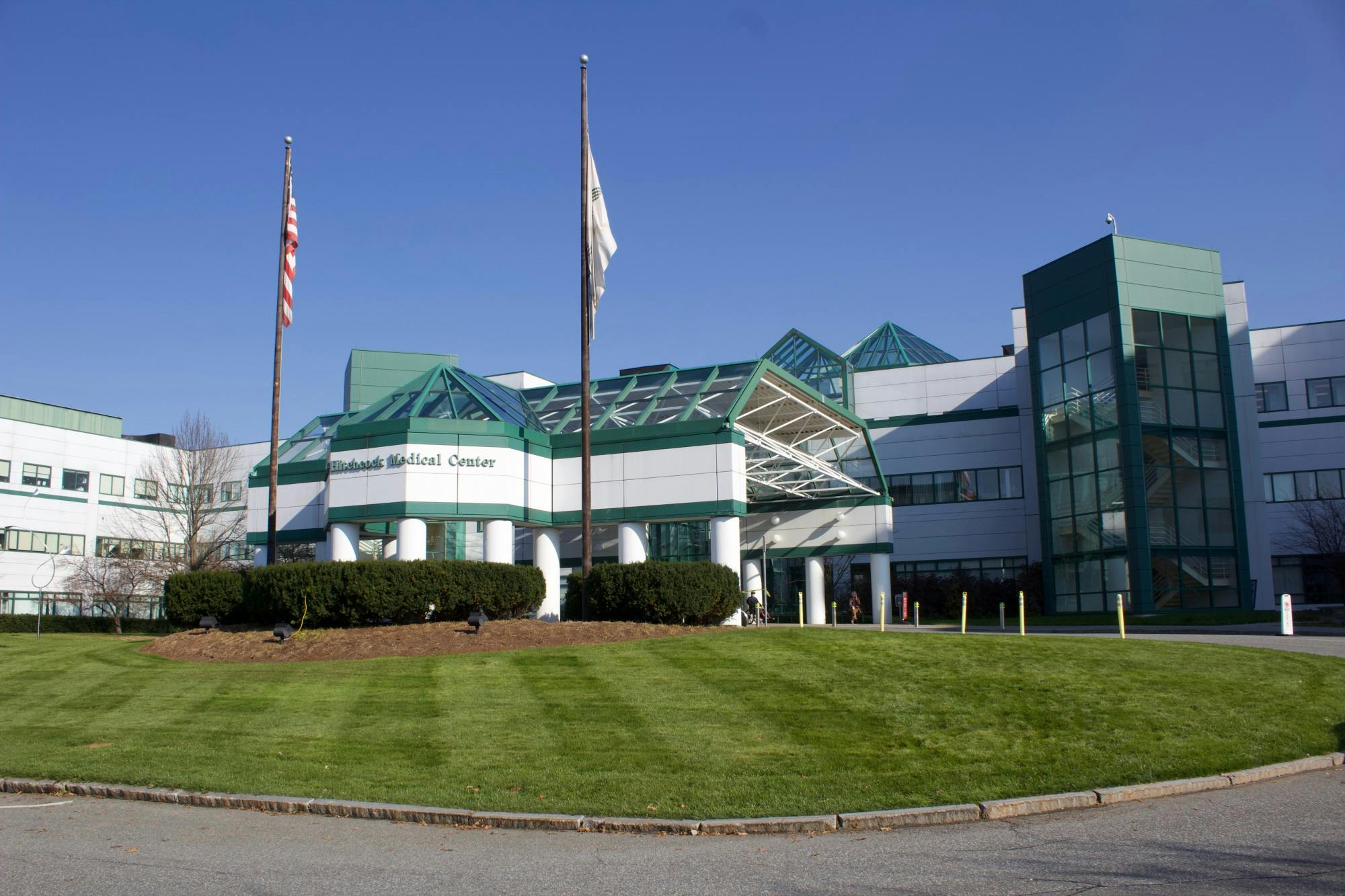This year, the Nathan Smith Society — a student organization that supports students interested in healthcare careers — is celebrating the 25th anniversary of its clinical shadowing program. Each term, the program pairs around 100 students with practicing physicians at Dartmouth Hitchcock Medical Center hospitals throughout the Upper Valley, according to NSS faculty advisor and biology professor Lee Witters. According to Witters, more than 5,000 students have participated in the program — many of whom ultimately decided to join the medical field.
Named after Nathan Smith, a physician and the founder of Dartmouth Medical School — now the Geisel School of Medicine — the society was formed in 1976 in order to meet student demand for a greater network of pre-medical track resources. The newly formed group offered avenues for student engagement, such as panels, dinners with doctors, weekly newsletters and physician shadowing opportunities. The shadowing opportunities proved especially valuable at the time of the society’s founding due to the limited resources available for students planning to study medicine, such as on pre-medical courses or what a medical career might look like.
However, Witters said that the early version of the program was not without its flaws.
“It wasn’t organized. Students had to make their own potential connections to healthcare professionals to shadow,” Witters said. “Very often [students] didn’t meet some of the requirements of the medical center to be in the company of patients. There was actually a lot of unhappiness at the DHMC about the overall impact [of the program].”
In recognition of these issues, Witters said that he overhauled the shadowing program in the mid-1990s after he became the faculty advisor for NSS.
“It was clear that there had to be an organized program with the proper orientation, oversight of students meeting their requirements and matching students with experiences that they might be interested in,” Witters said.
Under the revamped shadowing program, which officially began in 1997, students elect their health and medical field preferences from 120 options, Witters said. Students are then matched with DHMC doctors via a weighted lottery system organized by NSS’s leadership committee, according to Witters. Participating students have the ability to shadow fields ranging from primary care to radiology to chaplaincy. Witters said that the pool of available mentors changes on a term-by-term basis, adding that many are Geisel faculty members and a handful are Dartmouth alumni.
Geisel School of Medicine professor Patrick Francis ’00, who works as an internal medicine physician at Dartmouth Hitchcock Clinics Lyme, said that he has seen the shadowing program positively influence student decision-making throughout his eight years participating as a mentor.
“Especially for undergraduates who are thinking about going right into medical school directly after they graduate, there’s no time like the present to actually see what it’s like to practice medicine rather than just imagine how it works,” Francis said.
Francis added that in allowing students to observe doctors, shadowing programs allow participants to make an informed decision when it comes to committing to the path to become a doctor.
“I think it’s very possible that many people go down this path and, without any shadowing experience, … commit to a life where they really don’t know what to expect and may not enjoy it,” he said.
Jonathan Lim ’23, who is interested in psychiatry, said he was not sure if he was interested in the pre-medical track until the end of his sophomore year. However, he added that his participation in the NSS shadowing program working in departments including psychiatry and orthopedic surgery was pivotal to his ultimate decision to study medicine.
“What I was looking for, stemming from [my interest in psychology], was a way of applying that knowledge and seeing that study of humans become more tangible,” Lim said. “That’s where I think shadowing entered: I was able to see that application firsthand in my shadowing visits.”
NSS leadership committee co-coordinator Franklin Ruan ’24 also said that his shadowing experience significantly influenced his consideration of a future career in medicine, as well as his interest in pathology.
“I actually had no idea what a pathologist was until I was looking through the DHMC shadowing catalogs and I saw that they had a laboratory medicine slot,” Ruan said. “That’s when I started searching up about pathology and I was like, ‘Wow, this is really interesting.’ So that’s how I learned about pathology and now I’m genuinely considering it as a path that I want to follow.”
Lim and Ruan both said that their experiences in the program were “eye-opening.” Witters said that such perspective changes are a virtue of the shadowing program’s lottery system.
“[Students] may not get their first choice of what they’d like to do, but I do emphasize to all the students that any experience is an important one,” Witters said. “You’re being allowed into the lives of the patients in ways that you’d never otherwise be permitted to, and be mentored by someone who really wants you to be there and to see and experience this. In some ways, the exact opportunity isn’t as important as the experience itself.”
Ultimately, the program provides students with the opportunity to get a jumpstart into their future lives as healthcare workers, Witters said.
“I know many [shadowing program participants] have gone on [to] really substantial careers in medicine, and I would hope that this program represented some of the start of that journey for them,” he said.




